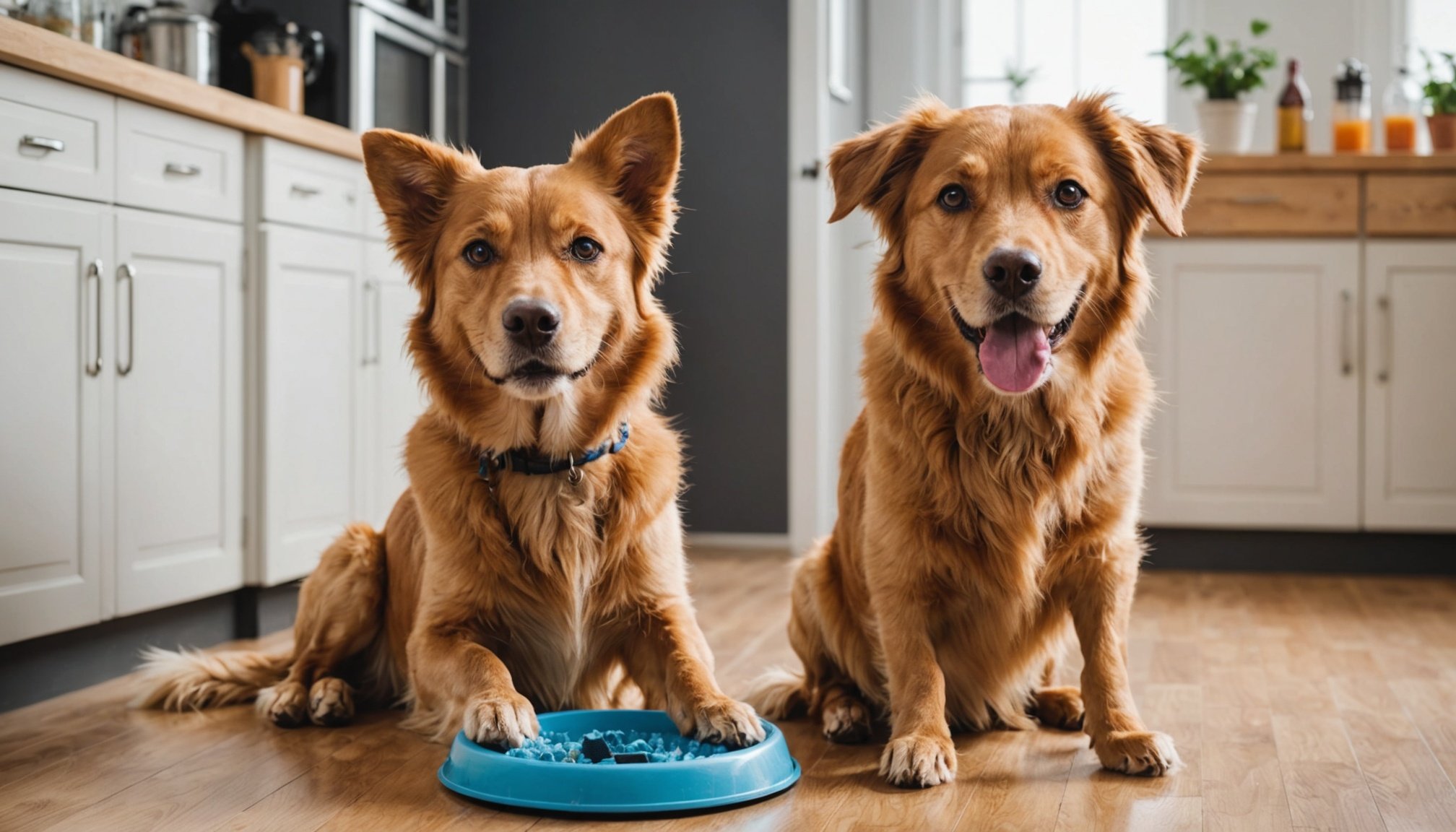Teach Your Dog to Tackle Household Tasks: A Fun Guide to Canine Chores
Why Teach Your Dog Household Tasks?
Teaching your dog to perform household tasks is not only a great way to keep them engaged and active, but it also strengthens the bond between you and your pet. It’s a fun and rewarding experience for both you and your dog, and it can make your life easier in the long run. Here’s why you should consider incorporating canine chores into your dog training routine.
- Mental Stimulation: Dogs need mental and physical stimulation to stay healthy and happy. Teaching them new tasks provides the mental challenge they need to prevent boredom and destructive behavior.
- Bonding: Training sessions are an excellent way to spend quality time with your dog, enhancing your relationship and building trust.
- Practical Help: Some tasks, like fetching items or alerting you to specific sounds, can be incredibly helpful in your daily life.
Preparing Your Dog for Training
Before diving into the specifics of teaching household tasks, it’s crucial to lay the groundwork. Here are some steps to ensure your dog is ready for this new adventure.
Also read : Essential Tips for Easing Your Puppy into Grooming: A Stress-Free Approach
Learn Your Dog’s Routine
Understanding your dog’s routine is essential for effective training. This includes knowing their meal times, exercise needs, and playtime preferences. By aligning your training sessions with their natural rhythms, you can make the learning process smoother and more enjoyable.
Establish Basic Commands
Your dog should already know basic commands like “sit,” “stay,” “come,” and “leave it.” These commands are the foundation upon which more complex tasks are built. If your dog is still learning these basics, start with short, fun training sessions to reinforce them.
Also read : Mastering Vet Visits: Tips for Easing Your Dog”s Anxiety at the Clinic
Use Positive Reinforcement
Positive reinforcement is a key component of successful dog training. Use treats, praise, and affection to reward good behavior. This approach encourages your dog to learn willingly and makes the training process enjoyable for both of you.
Teaching Your Dog New Tricks
Here are some fun and useful household tasks you can teach your dog, along with step-by-step guides on how to do it.
Fetching Items
Teaching your dog to fetch items like your slippers, the newspaper, or even your phone can be a great help.
- Start by introducing your dog to the item you want them to fetch. Make it appealing by using treats or a favorite toy.
- Encourage your dog to pick up the item by using a command like "get it."
- Once they pick it up, praise them and reward them with treats.
- Gradually increase the distance you throw the item, making sure your dog understands they need to bring it back to you.
- Finally, phase out the treats and use verbal praise as the primary reward.
Alerting You to Sounds
If you have a dog with good hearing, you can teach them to alert you to specific sounds like the doorbell or the phone ringing.
- Begin by associating the sound with a treat or toy. For example, ring the doorbell and immediately give your dog a treat.
- Teach your dog a specific command like "alert" or "tell me."
- When the sound occurs, say the command and reward your dog for responding.
- Gradually increase the volume of the sound and the distance from which it is made.
- Eventually, your dog will learn to alert you to the sound without needing a treat every time.
Common Household Tasks for Dogs
Here are some other household tasks that your dog can learn to make your life easier:
Helping with Laundry
- Teach your dog to pick up dirty laundry and bring it to the washing machine.
- Use a command like “get the clothes” and reward them with treats.
Assisting with Meal Time
- Your dog can help by fetching their food bowl or even bringing you ingredients from the kitchen.
- Use commands like “get the bowl” or “bring the treat.”
Providing Companionship
- If you live alone or have elderly family members, your dog can be trained to provide companionship and alert you if someone needs help.
- Teach your dog to stay close and alert you with a specific bark or whine if they sense something is wrong.
Tips for Successful Training
Here are some tips to ensure your training sessions are successful and enjoyable for both you and your dog:
Keep Training Sessions Short
- Dogs have short attention spans, so keep training sessions short and fun. Aim for 10-15 minute sessions.
Use High-Value Treats
- High-value treats can motivate your dog to learn faster. However, make sure to use them sparingly to avoid overfeeding.
Be Consistent
- Consistency is key in dog training. Use the same commands and rewards every time to avoid confusing your dog.
Make It Fun
- Training should be a fun activity for both you and your dog. Use playful tones and positive reinforcement to keep the atmosphere light and enjoyable.
Common Mistakes to Avoid
Here are some common mistakes to avoid when teaching your dog household tasks:
Lack of Patience
- Training a dog takes time and patience. Avoid getting frustrated if your dog doesn’t pick up a task immediately.
Inconsistent Commands
- Using different commands for the same task can confuse your dog. Stick to one command and use it consistently.
Not Providing Enough Mental Stimulation
- Dogs need mental stimulation to stay happy and healthy. Make sure to provide enough activities and tasks to keep them engaged.
Table: Comparing Different Training Methods
Here’s a table comparing different training methods you might consider for teaching your dog household tasks:
| Training Method | Description | Pros | Cons |
|---|---|---|---|
| Positive Reinforcement | Using treats, praise, and affection to reward good behavior. | Encourages willing learning, builds trust, and is enjoyable for both dog and owner. | Requires patience and consistency. |
| Clicker Training | Using a clicker to mark the exact moment your dog performs the desired behavior. | Precise and efficient, helps in quick learning. | Can be confusing if not used correctly. |
| Force-Free Training | Training without using force or punishment. | Builds trust, reduces anxiety, and promotes a healthy relationship. | May take longer to achieve results. |
Quotes from Dog Trainers
Here are some quotes from experienced dog trainers that highlight the importance and fun of teaching your dog household tasks:
- “Teaching your dog to perform household tasks is a great way to keep them mentally and physically active. It’s also a fun way to strengthen your bond and make your life easier.” – Katherine Ostiguy, Crossbones Dog Academy.
- “Dogs thrive on routine and clear expectations. By teaching them specific tasks, you provide them with a sense of purpose and control over their environment.” – American Kennel Club.
Teaching your dog to tackle household tasks is a rewarding and fun experience that benefits both you and your pet. By following the tips and guidelines outlined above, you can turn your dog into a helpful and loyal companion. Remember to keep training sessions short, use positive reinforcement, and make it fun for both of you.
With patience, consistency, and the right approach, your dog can learn a variety of useful tasks that will make your life easier and more enjoyable. So, why not start today? Your dog will love the new challenges, and you’ll appreciate the extra help around the house. Happy training











